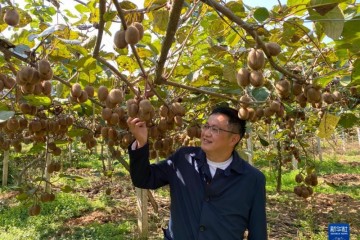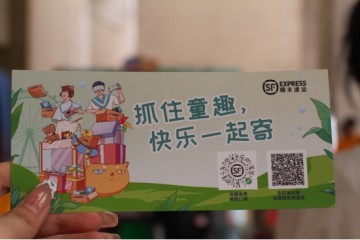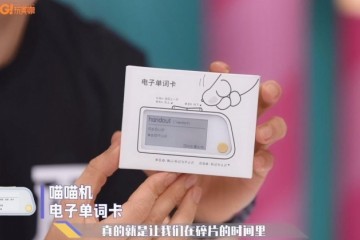Using the bathroom has come a long way from when ancient Greeks used stones and pieces of clay for personal hygiene. Toilet paper is one of those things that often gets taken for granted in modern times. This is definitely one of those unavoidable things in life, so through many centuries and in many cultures, everyone had their own method of staying clean.
从古希腊人用石头和粘土块作为个人卫生用品到今日的洗手间,这中心有很长的开展进程。现代人天经地义地以为如厕就应该用卫生纸。这肯定是日子中必不可少的东西之一。许多世纪以来,不同文明的人都有自己坚持清洁的办法。
Ancient Romans were a bit more sophisticated than the Greeks when it came to cleansing: They opted for a sponge on the end of a long stick that was shared by everyone in the community. When not in use, that stick stayed in a bucket of heavily salted seawater in the communal bathroom. The public facilities were also equipped with a long marble bench with holes carved out for—well, you know what they were carved out for—and holes at the front for your sponge-on-a-stick to slide through. Romans didn’t have dividing walls, either
古罗马人在清洁方面比古希腊人更先进一些:他们挑选用绑在长棍末端上的海绵来坚持卫生,社区内的所有人都同享这一卫生用品。没人用的时分,就把棍子浸泡在公共洗手间里的一桶浓盐海水中。公共洗手间里还装备了一把大理石长凳,凳子上挖了一个个洞——你知道这些洞是用来干什么的——前面的洞能够伸进带海绵的长棍。并且,古罗马人如厕时没有分隔墙。
Around 1391, during the Song Dynasty, a Chinese emperor decreed that large 2-foot-by-3-foot paper sheets must be made for his toilet time. Until then, people in China just used random paper products.
大约在1391年,我国的宋代时期,一位我国皇帝命令为其制造宽2英尺长3英尺(60厘米乘90厘米)的大张卫生纸。在那曾经,我国人如厕用的纸都很随意。
In colonial America, things weren’t much more advanced. After settlers left Great Britain for the colonies, the best things they could find were corncobs. Ouch. It wasn’t until later that they realized they could use old newspapers and catalogs. In fact, the reason there was a hole through the corner of the Old Farmer’s Almanac was so people would be able to hang it on a hook in their outhouses.
在殖民时期的美国,如厕用品也没有先进到哪里去。在移民者脱离英国前往殖民地后,他们能找到的最好的如厕用品是玉米棒子。用起来必定很疼。直到后来他们才意识到能够用旧报纸和目录册。事实上,《老农人年鉴》的边角上之所以有一个孔其实是为了便利人们将其挂在屋外厕所的挂钩上。
Even though Queen Elizabeth I’s godson invented one of the first flush toilets in 1596, commercially produced toilet paper didn’t begin circulating until 1857.
虽然伊丽莎白女王一世的教子在1596年就发明晰一种最早的抽水马桶,商业化出产的卫生纸直到1857年才开端流转。
Quilted Northern, formerly Northern Tissue, advertised as late as 1935 that their toilet paper was “splinter-free.” Since the company is still big in the multi-billion dollar industry today, the marketing plan must have been a success: splinter-free tissue was obviously in very high demand. Toilet paper's appeal is not universal, however. Many in India use the left-hand-and-bucket-of-water method.
卫生纸品牌Quilted Northern(原名Northern Tissue)到1935年才开端宣扬自己的卫生纸是“没有木刺”的。由于这家公司在今日这个价值百科数十亿美元的卫生纸职业中依然做得很大,最初的营销方案必定成功了:没有木刺的卫生纸明显需求量十分高。不过,卫生纸的吸引力也不是世界无敌的。印度的许多人依然在用左手加水桶清洗的办法。
Today we can buy luxury bathroom accessories like portable bidets, toilet stools, and toilet rolls specifically for Millennials—so there’s no going back to the brush-on-a-stick days.
今日咱们咱们能够买到各种奢华的洗手间用品,比方便携式坐浴盆、马桶垫脚凳、专门为千禧一代规划的卷纸等,所以咱们肯定不会再回到那个用海漫长棍的年代了。






